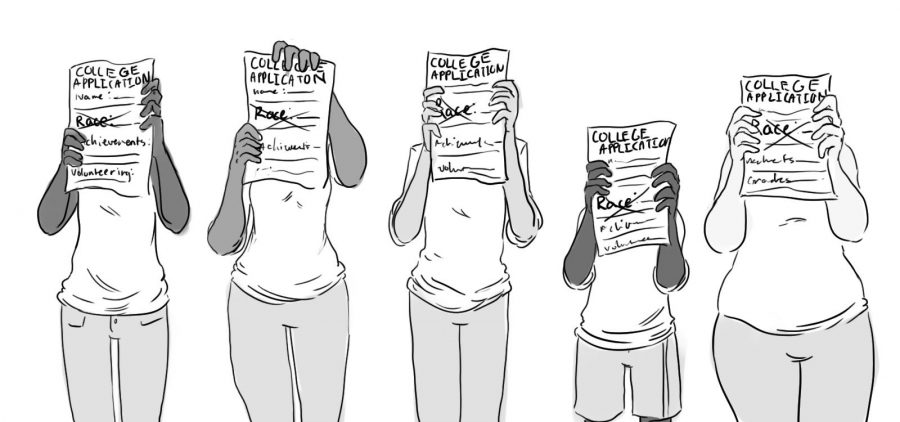
“Affirmative action policies are those in which an institution or organization actively engages in efforts to improve opportunities for historically excluded groups in American society.”(NCSL) Affirmative action primarily is concerned with educational institutions and workplaces. Essentially, affirmative action provides access to education and employment opportunities for underrepresented groups, such as women and minorities. While this act does a lot good, offering admission to those who 60 years ago would have been overlooked, it is the epicenter of an acrimonious debate. Many argue that affirmative action takes away spots for deserving, qualified caucasians, but why is that such a bad thing? White people have been taking away opportunities for minorities for centuries.
President Kennedy was the pioneer in using the term affirmative action in 1961. His goal was to provide equal opportunities for people in education and employment settings where they could be considered for a position without their race or gender being taken into account. Affirmative action is a product of America post the civil rights movement, after the historical Supreme Court case, Brown v The Board of Education in 1954. Brown v The Board set a precedent by outlawing segregation in schools. However, in 1965 African Americans still made up less than 5 percent of undergraduate, law, and medical students. President Lyndon B. Johnson was a strong proponent of affirmative action and later that year made it a requirement for government contractors to implement it into their hiring practices in hopes of employing more minorities. Soon after, universities across the country began bringing affirmative action into their admissions processes and enrollment rates of Latino and African American students steadily increased over the years.
In recent years, colleges and universities have been reaching out to underrepresented groups to encourage students to apply. Institutions are consciously aware of their lack of diversity, taking strides in attempts to change that. This is great, schools are saving spots for minorities to ensure their classes are fully representative of different cultures and backgrounds. However, affirmative action is primarily focused towards African Americans, Hispanics, and Native Americans, thus not aiding many other minority groups who are just as deserving. There is also controversy concerning the legitimacy of admittances, is this person truly qualified or is the institution just fulfilling a quota? In 2003, the landmark case, Grutter v Bollinger, Barbara Grutter was denied from University of Michigan Law School, a seemingly deserving applicant who believed she was wrongfully denied because the university gave an unfair advantage to minority students. With a 5-4 decision, the Supreme Court ruled the university did not violate the fourteenth amendment. As Justice Sandra Day O’Connor states, the Constitution, “does not prohibit the law school’s narrowly tailored use of race in admissions decisions to further a compelling interest in obtaining the educational benefits that flow from a diverse student body.”
I think everyone can agree that those who come from a higher socioeconomic status typically have more opportunities than those from a lower group. College is unprecedentedly expensive, middle class families can no longer afford to send multiple kids through school, let alone out of state. Proponents of affirmative action say it give opportunities to qualified minorities belonging to underrepresented groups, often lower socioeconomic groups in attempts to bridge the gap. They argue that competition based on competent applicants is important, but affirmative action helps deal with economic disparity by giving opportunities to students who would otherwise not see such a chance. 
Those who criticize affirmative action often claim that it causes reverse racial discrimination by selecting applicants based off their race/ethnic group as opposed to personal qualifications. This seems like kind of a far cry, look at how many white people are at Penn State, roughly 66% makes this a predominantly white institution, or PWI. While this statistic should not be shocking, it should be concerning for a university that promotes diversity as much as Penn State does. There are many groups on campus for minorities to feel included and at home that receive little to no attention from the administration and or student body. Critics also argue that those who belong to the underrepresented groups feel stigmatized or separated from the main student body because of peers who believe they are here solely because of their disposition, not academic achievements. Affirmative Action in America has many downfalls and upsides, all of which we will explore this semester.
http://www.ncsl.org/research/education/affirmative-action-overview.aspx
https://www.collegian.psu.edu/news/campus/article_bffa793e-11ec-11e8-b331-2b6f39a47f2f.html
Recent Comments